Considered one of the most beautiful national parks in Colombia, visiting the Tayrona National Park is an immanquable journey on the Caribbean coast of the country!
The tropical and inviolet nature of Colombia. Here is how to summarize this particular place on the Caribbean coast of Colombia. Just forty minutes' drive from Santa Marta, Tayrona National Park takes you to discover its sensational beaches where the lush jungle embraces the long sand banks. In addition to the lush flora that makes it its beauty, the Tayrona National Park also houses more than eight square kilometers of marine reserve.
If the hundred and twenty kilometers of park are not all accessible, the seaside promenades and the various hikes possible through this natural treasure promise you a souvenir of postcard!
Also:
Luxuriant transfer to Los Nevados Park in Colombia
Visit the Lost City Tayrona in Colombia: tickets, prices, times
History of Tayrona National Park
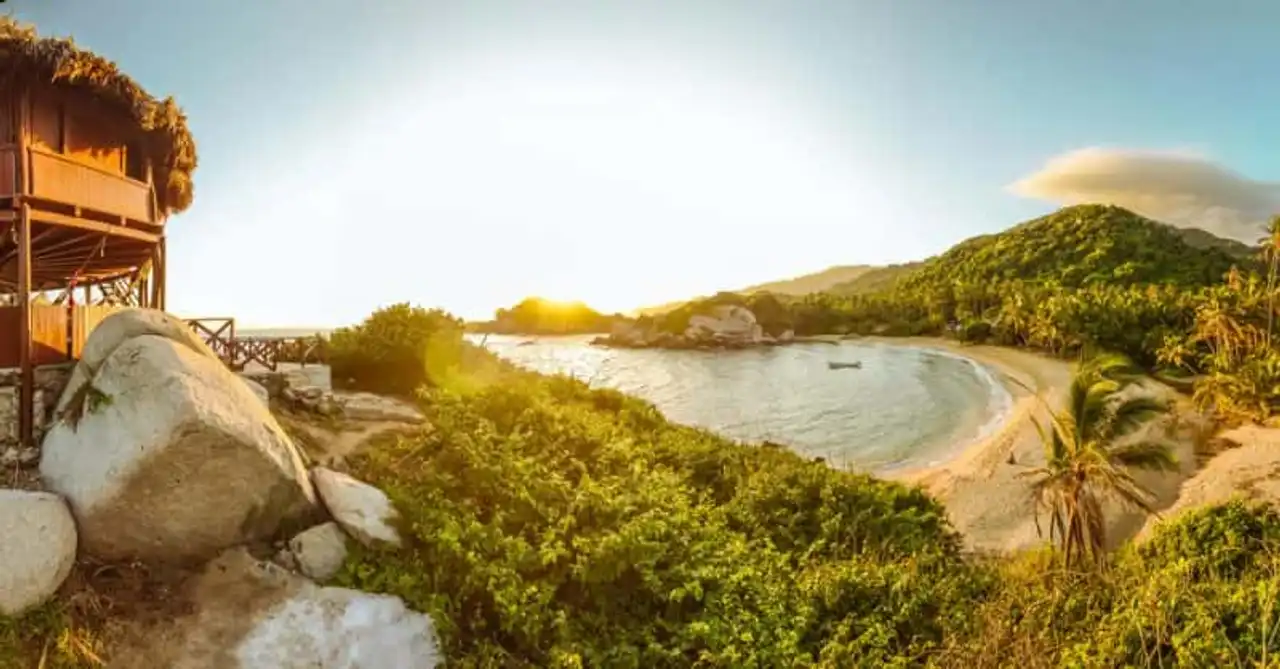
Photo credit: Shutterstock / Micha Weber
The name of the park comes from Tairona people . It is an aborigine community that lived in the Caribbean part of the country hundreds of years before the arrival of the first Spanish settlers. Martyd by the latter - not to speak of genocide - a fraction of this people survived to sink into the heights of the Sierra Nevada de Santa Marta thus avoiding slavery and preserving their culture.
The direct descendants of the Tairona people, the Kogis, Aruacos, Wiwa and Kuarkuamos are now continuing a culture and continue to write the history of a community as a whole. Today, the Kogis represent the only indigenous people living in the Tayrona National Park and concentrate their feet on land around the village – and historical ruins – of Pueblito, one of the last remaining remains of the Tairona culture. Not far from the park is also the ruins of the Lost City or Cuidad Perdida accessible via a five-day trek in the jungle: an excursion that promises to immerse itself in the heart of Tairona civilization.
The culture of the Tairona people is always present, and their descendants consider our civilization as well as our way of life as threats to the nature they worship. To preserve the park, and especially to allow it to regenerate, the Kogis have thus obtained the right to close the park to visitors for one month a year.
So you will have understood it, visiting the National Park of Tayrona is not just about discovering a preserved nature. Such a visit also represents a journey in the footsteps of a civilization that is now missing, sums up an unforgettable immersive experience!
What to see and do at Tayrona National Park?
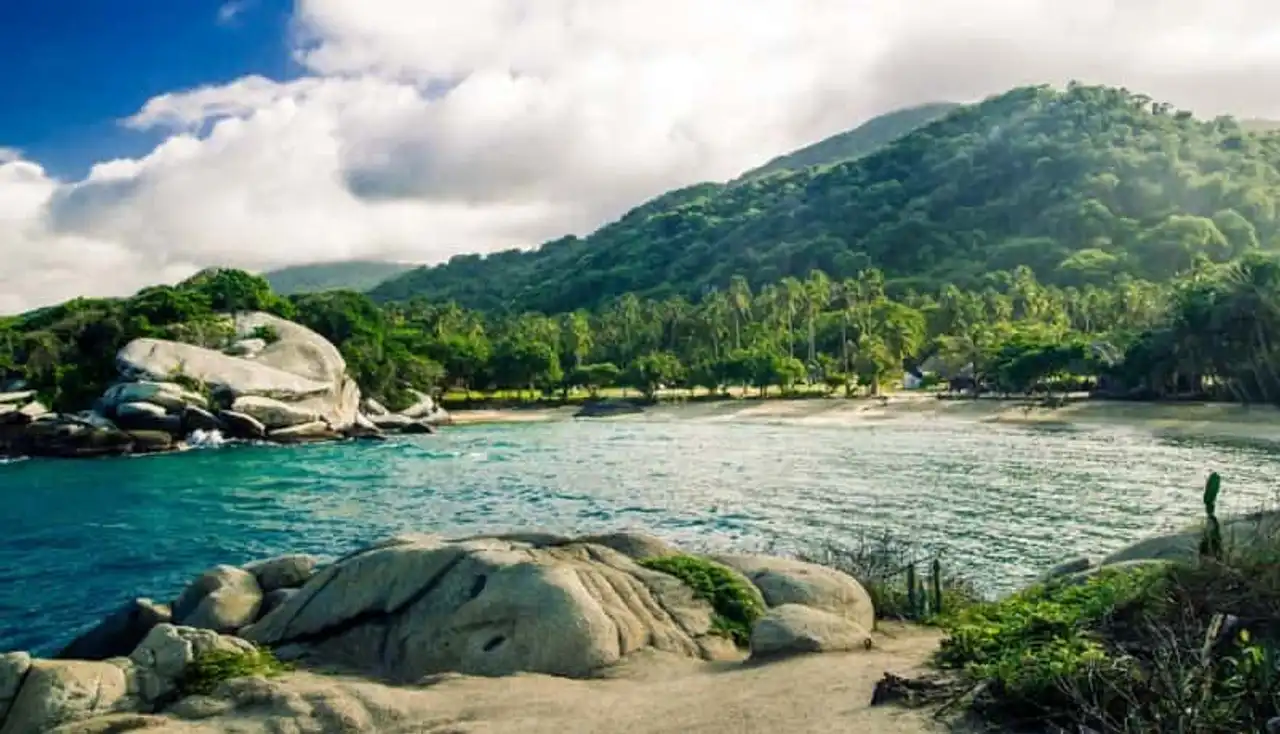
Photo credit: Shutterstock / streetflash
The beaches to the east of the park
The main activity of the park is to visit its sandy beaches, straight out of a postcard. The jungle that flows directly into the sea is, in particular, an indisputable attraction of this place. To access it, it is possible to enter the park by road, via the main entrance located in El Zaino. From this access, the first beach you will encounter is Canaveral: ideal for resting, its dangerous currents will however deprive you of a refreshing swim.
Forty minutes walk through paths made of logs will then take you to the beach of Arrecifes . This is the fight. Signs will warn you that more than two hundred tourists drowned in these places. We therefore advise you to continue your path in order to reach the beach of La Aranilla , where you can finally swim. About 20 minutes from the beach is La Piscina. The latter is perfect for you to practice snorkeling ! With a clear and deep water, it has an impressive underwater fauna!
The last and main beach is about 20 minutes’ walk away. beach El Cabo de San Juan de Guia is the emblem of Tayrona Park. With its palm trees and dream landscapes, this is the number one attraction of the park.
Beaches accessible by boat
From Taganga, you can access the Playa Cristal and Bahia Concha . The latter is also accessible by motorcycletaxi but is often overcrowded. Conversely, Playa Crital is extremely isolated and you will be able to practice snorkeling. As a bonus, in addition to the rich seabed, you will have in the background a view of the snowy summits of Sierra Nevada.
The ruins of Pueblito
A physical walk of four hours from the seaside of El Cabo de San Juan de Guia will give you access to the archaeological site of Pueblito . This one remains the vestige of a village Tairona and you will find the famous buildings on the terrace. This is not about the Lost City, but this place represents a certain point of interest. Walking through the jungle to get there adds a magical side instead.
The scuba diving
As you will understand, in addition to its one hundred and twenty kilometers of coast, the park also has eight square kilometres of marine reserve. You can visit them! To do this, you will have to go to one of the many centers of Taganga. If you do not have the necessary diplomas, no panic! PADI rates are among the cheapest in the world. Maybe the right opportunity to start the dive?
How to go to Tayrona Natural National Park?
Several options are possible to visit the Tayrona National Park: the bus, taxi or boat.
By bus
From Santa Marta, mini-buses leave every hour or half an hour in high season from the marketplace ( Carrera 11, Calle 11 ). These will take you to the entrance of El Zaino thirty-five kilometers away. This is the main access to the park. Count about 8000 COP (2.20€) for the trip.
By taxi
By taxi, it will cost you about 65,000 COPs from your hotel in Santa Marta to get to El Zaino. But you will have to negotiate with your driver (the staff of your hotel should be able to help you). To get to Bahia Concha, located near Taganga, count 15,000 COP/person.
By boat
Boats link between Taganga and the beach of El Cabo de San Juan. The journey takes about an hour and leaves at ten o'clock each morning for a return to sixteen o'clock. Count about 90,000 COPs.
On the Bahia Concha, count about 20 minutes for a 50000 COP prize.
Finally, to reach the Playa Cristal, plan 70,000 COP/person for about forty minutes.
Schedules & Rates of Tayrona National Park
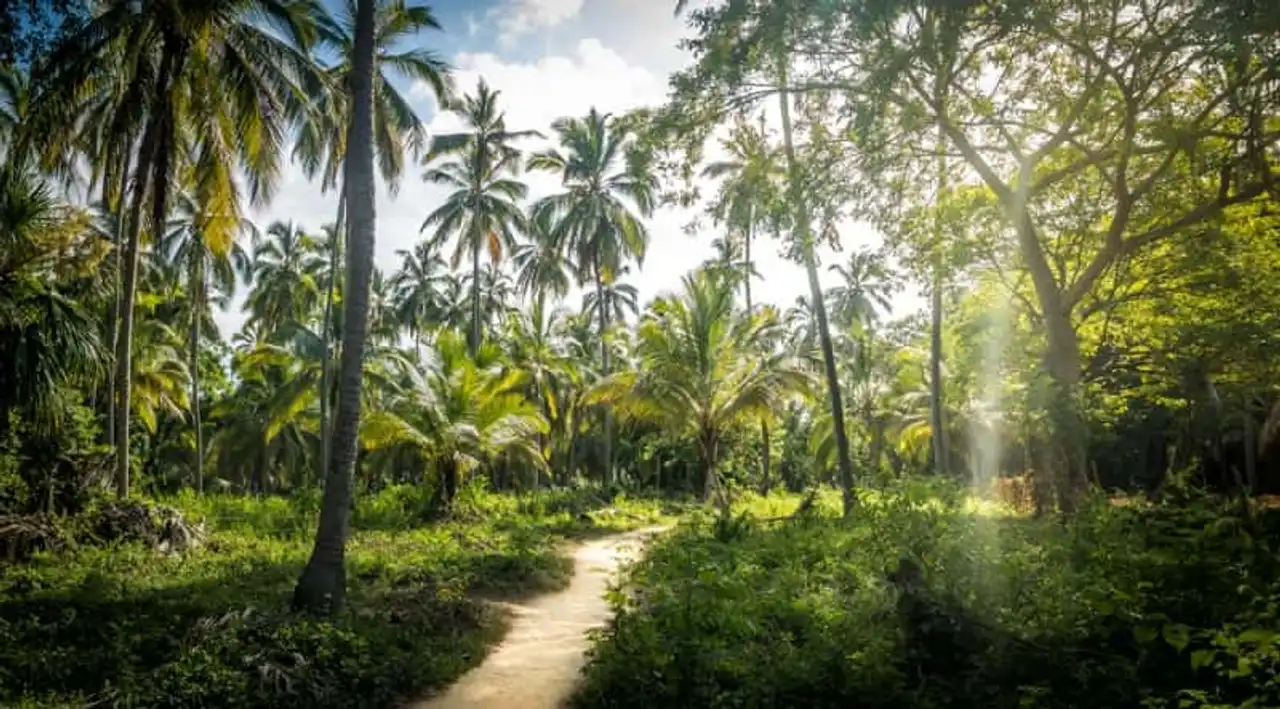
Photo credit: Shutterstock / Diego Grandi
HORARI
The Tayorona National Park is open daily from 8am to 5pm .
If you can visit the Tayrona National Park in one day but you advise to spend at least two days in the park. It is possible for you to book accommodations on different beaches (rend yourself to this Compare hotels to find the cheapest accommodation offers). If you do not have tents and food, count an average of 50€/person for two nights.
RATES
- Entrance to the park : 54500 COP
- Beach of Bahia Concha 6000 COP
Note : Note that you will only pay the entry once no matter how many days you choose to stay. If you choose to do only the Bahia Concha beach, you will not pay the entrance to the park.
BON A LEARN
- The prices and times indicated date from 2019.
- Forecast in his backpack : good walking shoes, drinking water, food, sun cream, waterproof in case of rain, mosquito repellent, liquid money, passport, yellow fever vaccination certificate, torch lamp and diving enthusiasts, a mask and a tuba.
- La high season for the park is from December to January and from June to July. The rest of the year, the entrance to the park will cost you less and there will be less people.
- ♪ available accommodation in the park are tents and hammocks. Count between 20,000 and 30,000 COPs to have one, i.e. that the rate will be lower if you come to your own equipment.
- There is no No kitchens in the park.
- Since March 2019, access to Pueblito is closed.
- L’alcohol is strictly prohibited in the park and your bags will be checked at the entrance and inside the park.
- It is possible for you to drop your bags at the entrance of El Zaino.
You now know everything about the most popular destination of the Caribbean coast in Colombia. We wish you a good stay to visit the Tayrona National Park!
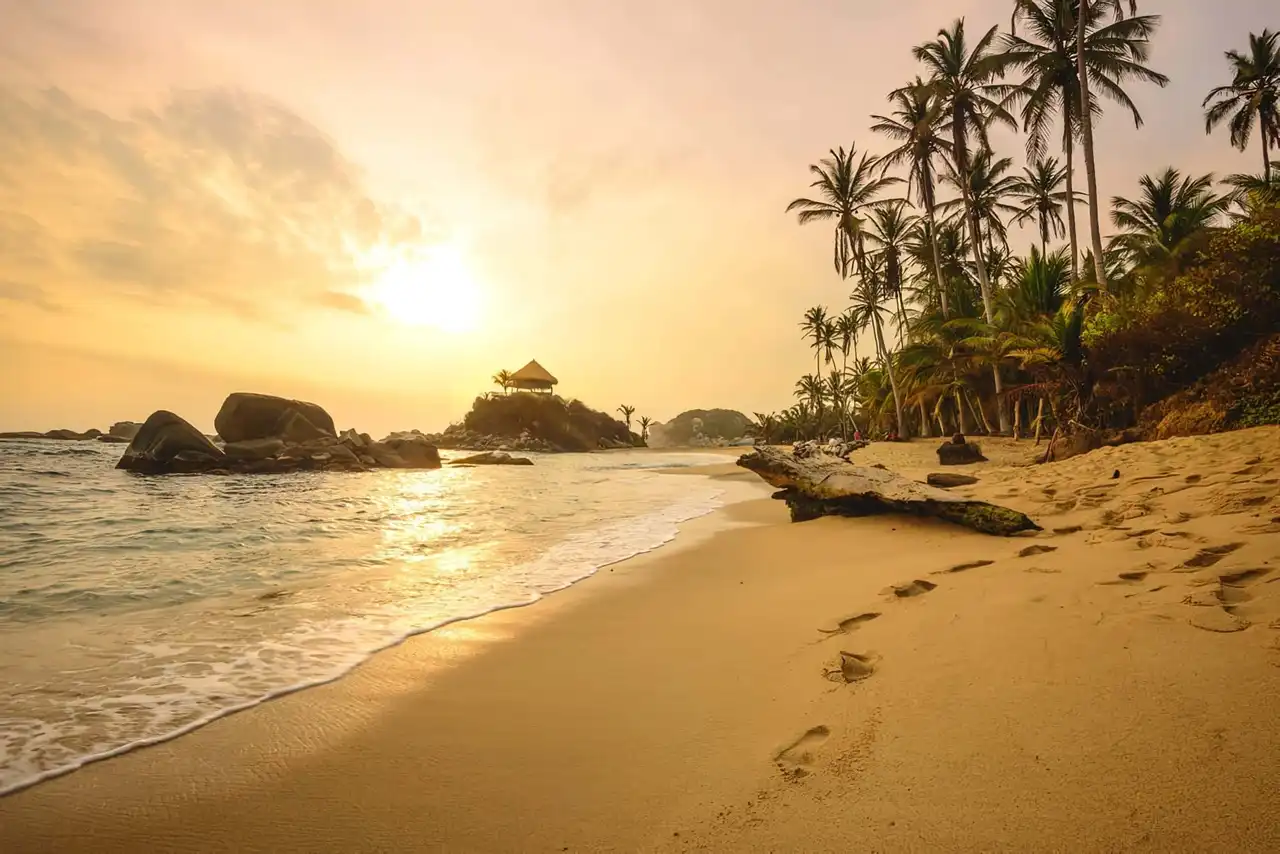





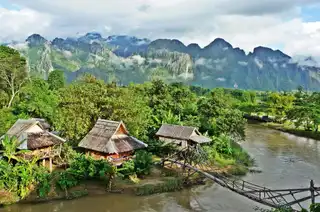

Loading comments ...